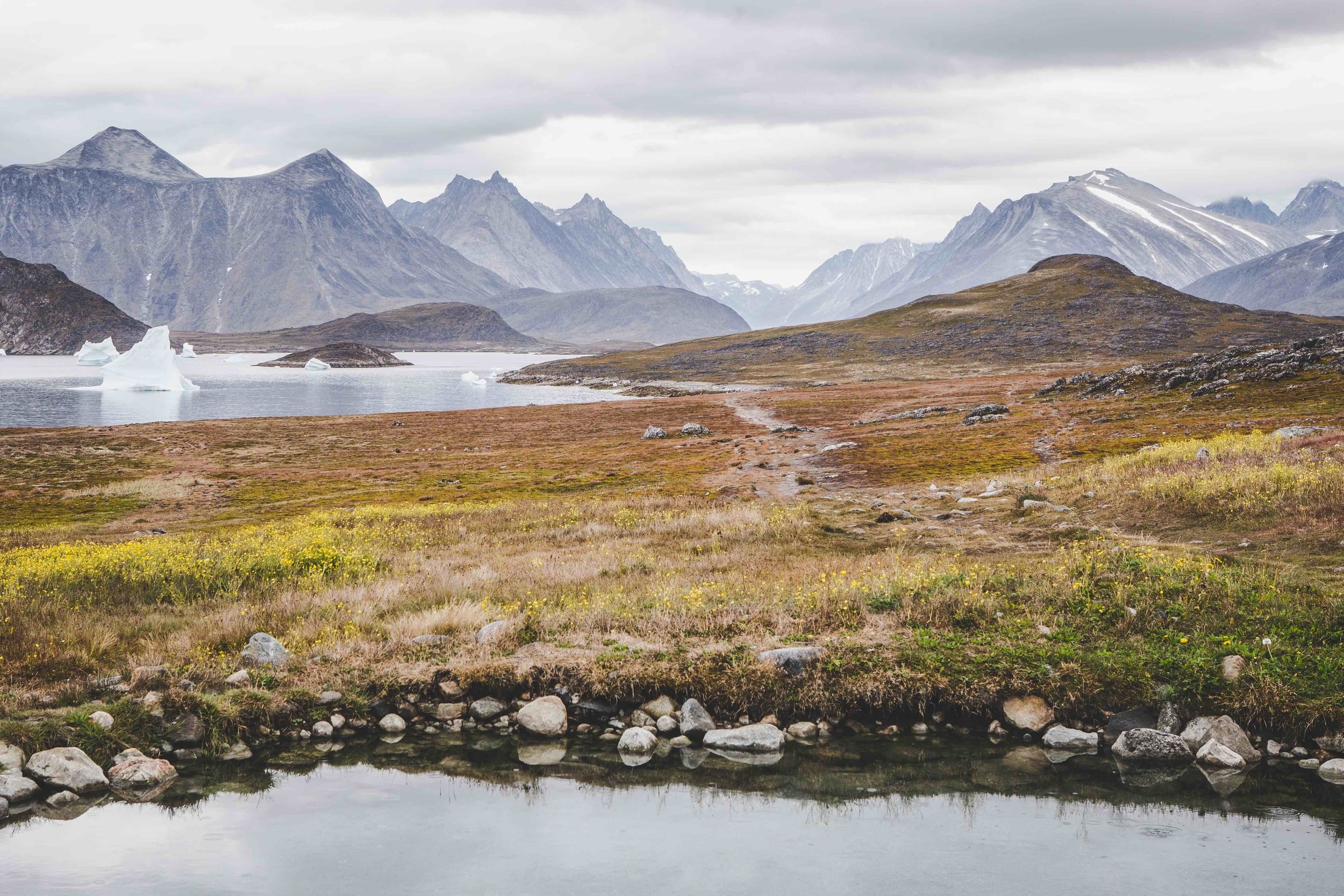In issue 4 of Ernest Journal, Duncan Haskell unravels the history of the ultimate anti-hero Mr Punch – con-artist, wife-batterer and murderer. To illustrate the feature, we enlisted the help of Punch and Judy performer David Wilde, who brought along his collection of props and puppets, including the long-lost originals from Tony Hancock's The Punch and Judy Man.
Photo: Hanson Leatherby
So you’re a Punch and Judy professor – how did you first get into working with puppets?
I first came across Punch and Judy when I was six years old. I was on holiday, walking along the promenade when I saw a huge crowd of children and adults looking at this small, lovely looking tent on the sand. I asked my mum what it was and she told me she thought it was a Punch and Judy show – she’d never seen one before. Well I made sure I was in the audience for the next show and I think every day for the rest of my holiday I was sitting on that beach shouting along with every one else. My grandfather bought me a small set of Pelham Puppets for Christmas from Hamleys and I’ve never looked back.
What makes a good Punch and Judy show?
When you watch a good Punch and Judy show, you should get a feeling of wonder and a sense of excitement as to what will happen next. A well performed show can grab an audience and fill them with laughter. This is what I encourage people to do if they think they have what it takes to perform the show properly – for it not to be run of the mill. Last year a few of my colleagues and I set up the Punch and Judy Club. Our aim is to try to keep standards up and encourage others to aim for excellence in their shows.
Why do you think the characters still have such an appeal today?
Puppets will always have an appeal. They move, they’re bright and colourful and, if well manipulated, they're completely absorbing. Just look at the success of the Muppets and other puppet characters that have entertained us all throughout childhood and into adulthood.
How has Punch's story evolved over the years?
The story of Punch has always evolved. Characters have changed to reflect the times. Any tradition has to evolve over time to keep people interested, but the core story is still the thing that everyone wants to see. A few years ago, during the Jubilee year, I started to sense a resurgence of interest in traditional entertainment. People wanted the proper old show, and no gimmicks.
Photo: Hanson Leatherby
As part of the shoot for issue 4, we had the pleasure of photographing the puppets in Tony Hancock’s The Punch and Judy Man. How did you come to own these?
The Hancock puppets have always been a favourite of mine. My grandfather spent 10 years searching for them so they hold a special place for me on two counts – as well as being a huge Hancock fan, I'm also hugely intrigued by my grandfather's search for them.
As a small boy, I remember my grandfather searching for information on the puppets used in Hancock’s film. Once I became a Punch professor, I took up the case and, after many dead ends, came across the family who owned the clown and the crocodile and they gave us the puppets. Years later, Punch, Judy and the policeman appeared on the Antiques Roadshow. You can imagine my reaction. After frantic phone calls, I managed to get hold of the guy who owned them in the Netherlands. He had already been contacted by another buyer but he agreed to sell them to us after he saw the immense body of information my grandfather had accumulated while searching for them!
Recently I met a gentleman who went down to Bognor when he was 13 to see Tony Hancock on the set of The Punch and Judy Man. He took his own Mr Punch with him and had a picture taken for the local paper. Luckily, he let me buy his Mr Punch so it adds to the Hancock story.
Photo: Hanson Leatherby
Do you have any other favourite items in your collection?
The Booth puppets, which were also photographed for shoot, are my other pride and joy. There aren’t many survivors from the Victorian period but I have managed to piece them back together over the course of time. From my experience of collecting, I’ve found that if you wish for something hard enough, one day it passes right in front of your eyes and can be yours to enjoy and look after – until, of course, it’s passed on to the next person.







































